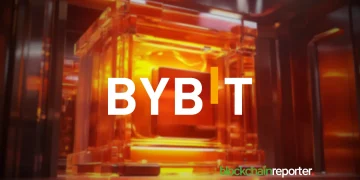In the expansive realm of blockchain technologies, various consensus mechanisms have been developed to confirm transactions and ensure network security without a central authority. Among these mechanisms, Proof of Authority (PoA) stands out as a pragmatic and efficiency-driven approach, particularly favored in permissioned blockchain environments.
What is Proof of Authority?
Proof of Authority is a consensus model in blockchain that attributes mining power to individuals who prove their identity and are subsequently approved as validators. This approach is distinct from Proof of Work (PoW) and Proof of Stake (PoS), which rely on computational power and stake amounts, respectively.
PoA operates under the premise that individuals who have earned validator status are incentivized to uphold the network’s integrity because their identities and reputations are at stake. This setup makes PoA particularly suitable for private blockchains or those requiring enhanced privacy and faster transactions.
Key Features of Proof of Authority
Identity at Stake: Unlike PoW, where anonymity can protect malicious users, PoA validators are known and thus accountable for their actions. Their real-world reputation is a critical component of their validation authority.
Energy Efficiency: PoA does not require validators to solve complex mathematical problems, meaning it consumes significantly less energy compared to PoW systems, aligning with global sustainability goals.
High Transaction Throughput: With only approved validators managing the ledger, PoA networks can process transactions more swiftly than PoW, making them ideal for applications requiring high scalability.
Applications and Advantages
Streamlined Governance: PoA’s structure facilitates a more straightforward governance model, as fewer participants are involved in decision-making. This efficiency can be particularly beneficial for consortium blockchains where multiple organizations need to interact without a central authority.
Enhanced Security and Integrity: Due to the transparency and accountability of its validators, PoA networks are less prone to attacks that plague decentralized networks, such as 51% attacks in PoW.
Cost-Effective: The operational costs of running a PoA blockchain are lower since energy consumption and the computational demands are minimal. Businesses can integrate blockchain technology without the hefty infrastructure typically associated with PoW systems.
Challenges and Considerations
While Proof of Authority offers numerous benefits, it is not without its challenges. The centralization of power among a limited number of validators can lead to concerns over collusion and integrity. Additionally, the entry barriers for new validators can be high, potentially leading to a less democratized network.
The Future of Proof of Authority
As blockchain technology evolves, the adaptability of Proof of Authority could see it becoming more prevalent, especially in enterprise solutions where its benefits in terms of speed, cost, and environmental impact are most pronounced.
By understanding and leveraging the unique characteristics of Proof of Authority, businesses and organizations can harness the power of blockchain in a way that aligns with their operational needs and sustainability goals.























